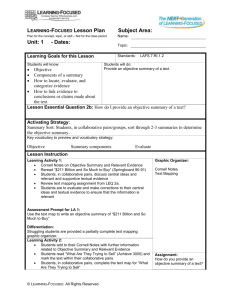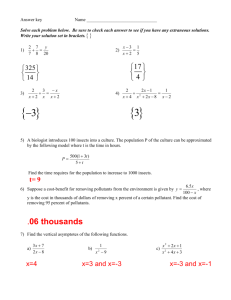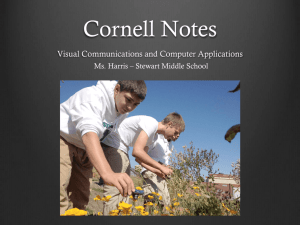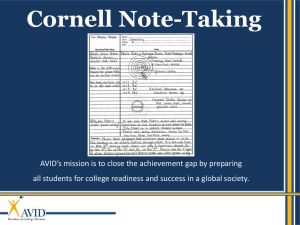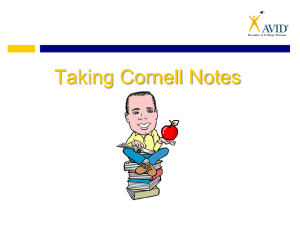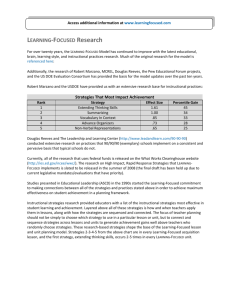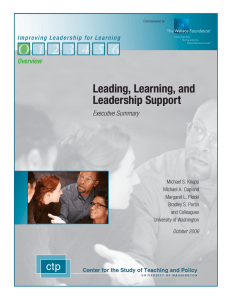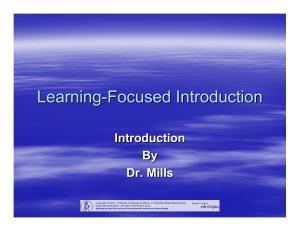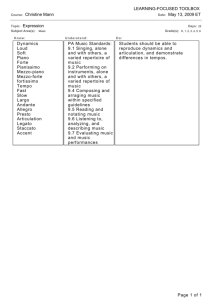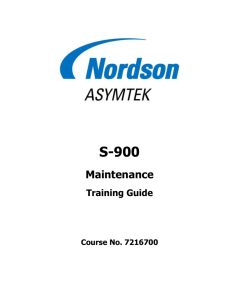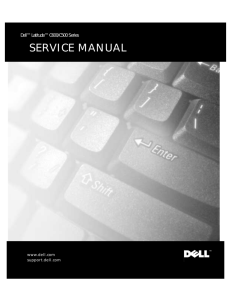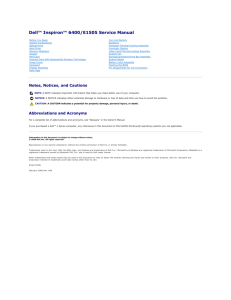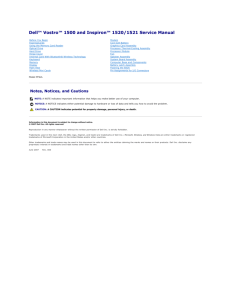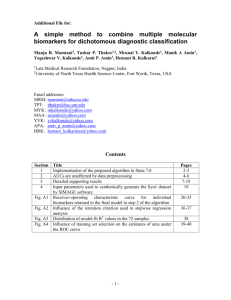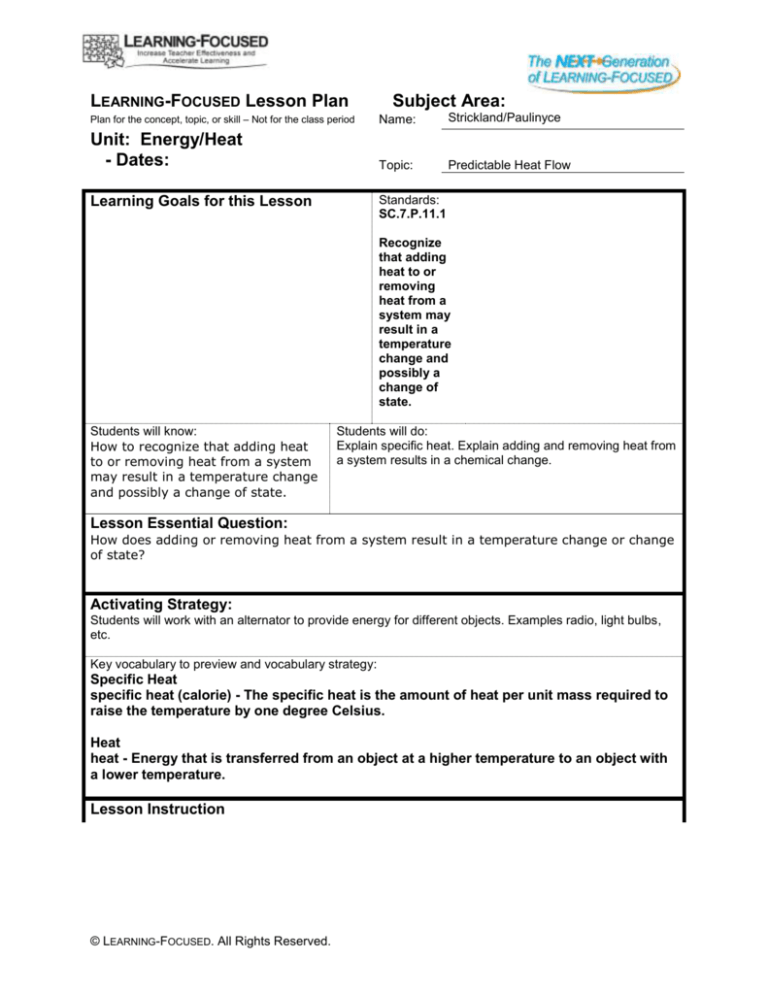
LEARNING-FOCUSED Lesson Plan
Subject Area:
Plan for the concept, topic, or skill – Not for the class period
Name:
Strickland/Paulinyce
Unit: Energy/Heat
- Dates:
Topic:
Predictable Heat Flow
Standards:
SC.7.P.11.1
Learning Goals for this Lesson
Recognize
that adding
heat to or
removing
heat from a
system may
result in a
temperature
change and
possibly a
change of
state.
Students will know:
How to recognize that adding heat
to or removing heat from a system
may result in a temperature change
and possibly a change of state.
Students will do:
Explain specific heat. Explain adding and removing heat from
a system results in a chemical change.
Lesson Essential Question:
How does adding or removing heat from a system result in a temperature change or change
of state?
Activating Strategy:
Students will work with an alternator to provide energy for different objects. Examples radio, light bulbs,
etc.
Key vocabulary to preview and vocabulary strategy:
Specific Heat
specific heat (calorie) - The specific heat is the amount of heat per unit mass required to
raise the temperature by one degree Celsius.
Heat
heat - Energy that is transferred from an object at a higher temperature to an object with
a lower temperature.
Lesson Instruction
© LEARNING-FOCUSED. All Rights Reserved.
Learning Activity 1:
Graphic Organizer:
Students will take cornell notes on how adding or removing heat will
change the composition of different substances.
Cornell Notes, Frayer
models,Notecards in their
INB
Assessment Prompt for LA 1:
Students will work in collaborative pairs to evaluate examples of
heat being added and/or removed resulting in changes to a
substance. They will transfer their work to their INB
Differentiation:
Students will be given a carbon copy set of notes and will be
allowed to orally present opposing viewpoints in their arguments.
Learning Activity 2:
Students will take cornell notes from a ppt on how these examples
of energy are related to the conservation of energy.
Assignment:
Assessment Prompt for LA 2:
Students will work in collaborative pairs to analyze relationships on
how chemical and physical changes are affected by changes in
heat being added or removed.
Differentiation:
Students will be given a partially set of Cornell notes. They will be
working with a peer for assistance.
Students will make
lemonade form frozen
concentrates. They will be
given hot water, room
temp water, and iced
water and will observe
how temperature affects
the mixtures. They will
complete a lab journal on
how adding or removing
heat can change different
substances.
Summarizing Strategy: Students will complete a ticket out the door in which they must
explain how heat is used in the composition of different substances. (Building, dismantling, etc.)
Student
Modification/Accommodations
1. Seat student near teacher.
2. Stand near student when giving
directions/presenting.
3. Provide visual aids/graphic organizers.
4. Ensure oral directions are understood.
© LEARNING-FOCUSED. All Rights Reserved.
5.
6.
7.
8.
© LEARNING-FOCUSED. All Rights Reserved.
Allow extra time to complete tasks.
Simplify complex written directions.
Give test items orally.
Provide peer assistance/study groups.

